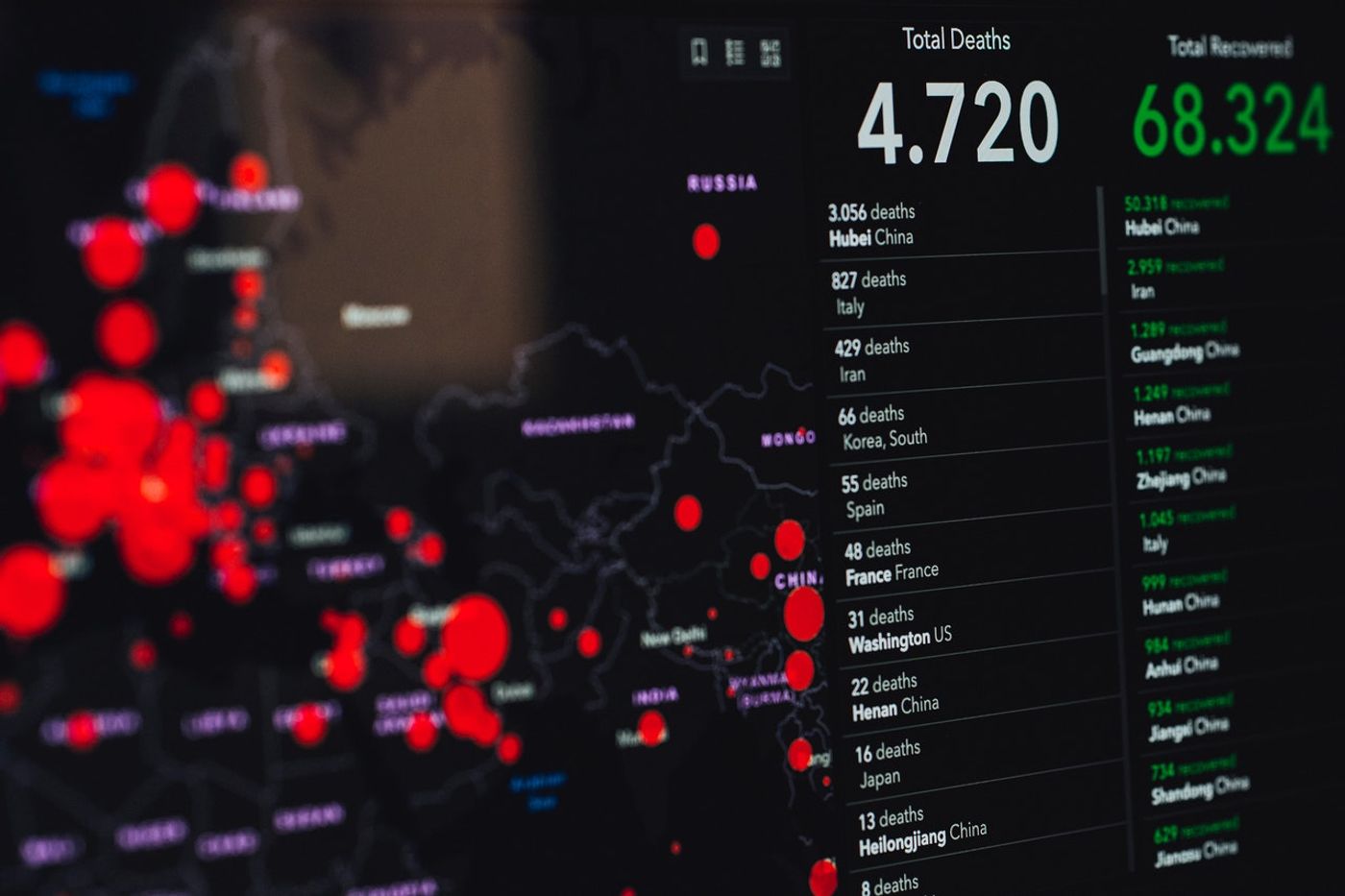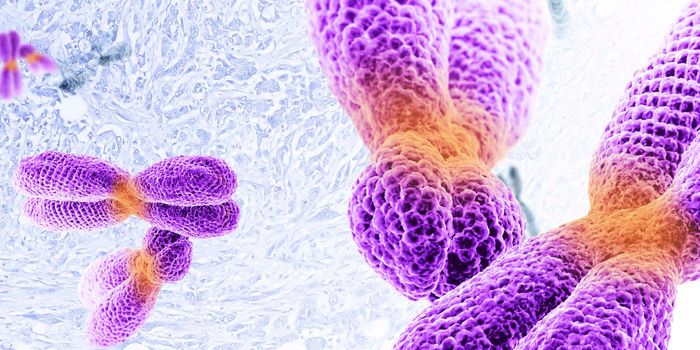COVID Variants Can't Hide From CRISPR Diagnostic
New variants of the coronaviruses have emerged over the course of the pandemic through the natural evolutionary process of mutation. Among the variants that have spread rapidly throughout the world are B.1.1.7, B.1.351, and P.1, first identified in the United Kingdom, South Africa, and Brazil, respectively.
As the genetic sequence of SARS-CoV-2 begins to shift further from the originally identified strain, the concern is that they will be able to slip past currently available diagnostic tests.
Now, a team of scientists has developed a CRISPR-based diagnostic test called VaNGuard (Variant Nucleotide Guard) test, which promises to detect even variant strains of the coronavirus.
“Viruses are very smart. They can mutate, edit, or shuffle their genetic material, meaning diagnostic tests may fail to catch them,” explained Tan Meng How, lead researcher of the study published in Nature Communications.
“Hence, we spent considerable effort developing a robust and sensitive test that can catch the viruses even when they change their genetic sequences. In addition, frequent testing is essential for helping to break the transmission of viruses within populations, so we have developed our tests to be rapid and affordable, making them deployable in resource-poor settings."
VaNGuard uses specialized enzymatic “scissors” called enAsCas12a, which is designed to target specific segments of SARS-CoV-2’s genetic material with the help of guide RNAs. In the presence of the virus, the “cuts” activate a fluorescent dye whose glow can be measured using standard laboratory equipment. The whole test takes around 30 minutes to complete.
"Combining two or more guide RNAs with the enzyme enAsCas12a ensures that if one of the guide RNAs fails to guide it to the correct segment of the virus because of a mutation, the other guide RNA can still 'rescue' this mismatch," said Tan.
As the next steps, the scientists plan to make the test even more user-friendly, adapting it to work in a format similar to those of over-the-counter pregnancy tests. Here, a paper strip is mixed with a nasal swab sample and the reaction mix—two bands appearing on the strip means it’s a negative test; one band is a positive. The researchers also have a mobile app for interpreting the test results in the works.
Sources: Nanyang Technological University, Nature Communications.









